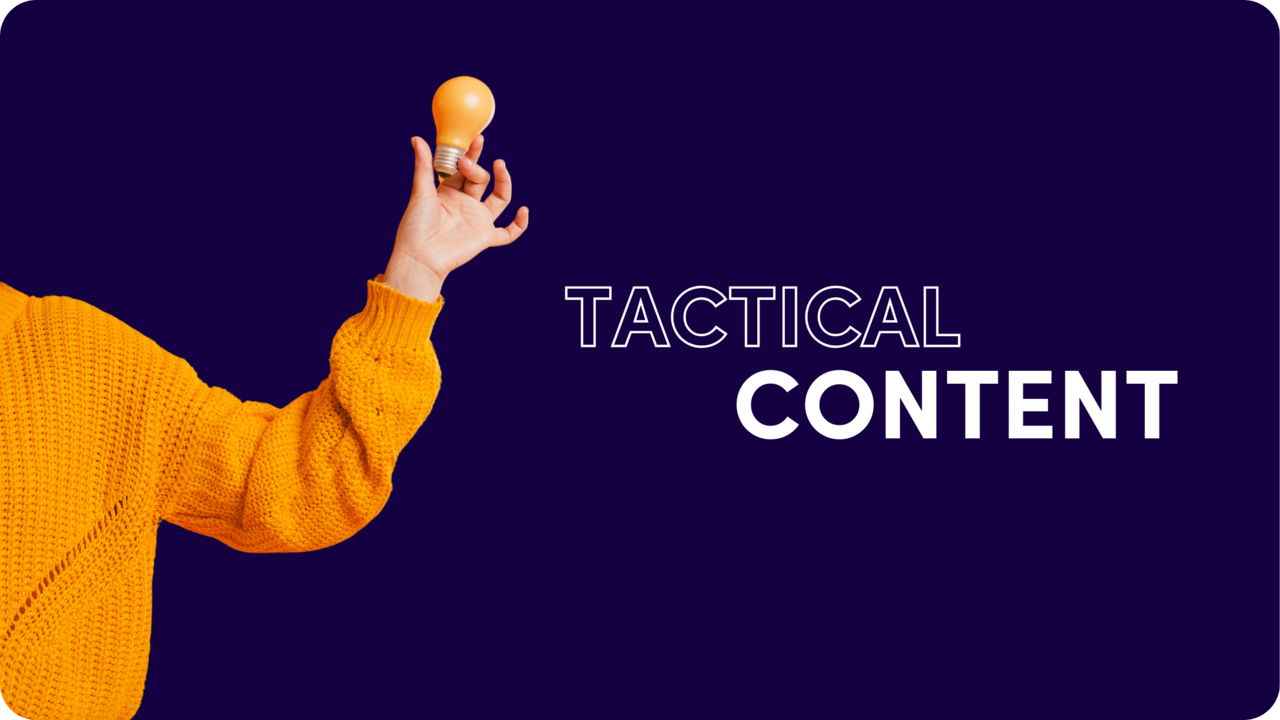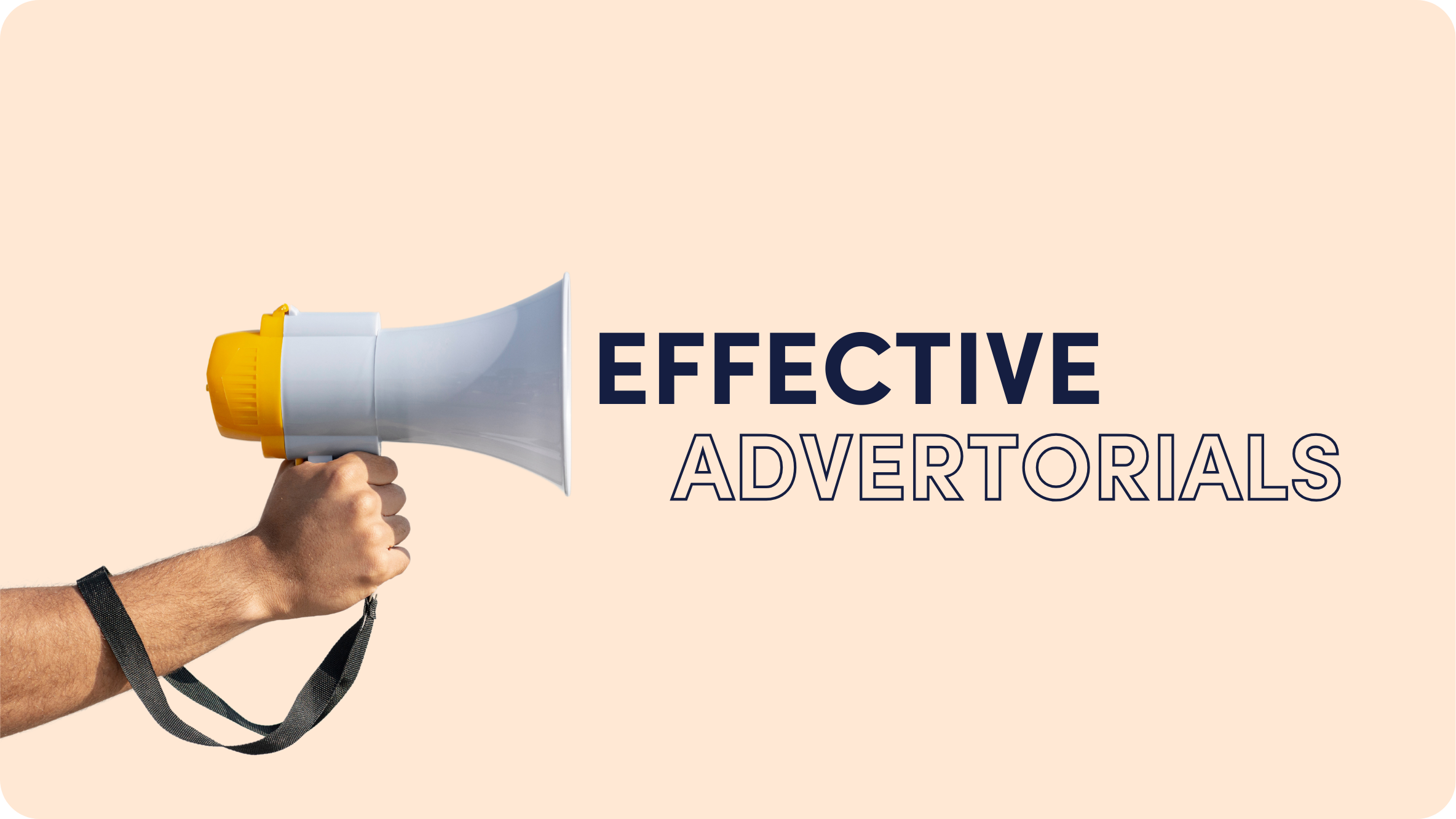[Tips] Testing Headline and Image Variations for Successful Content Discovery Campaigns

In the content marketing industry, we’ve got more jargon, buzzwords, and adages than we know what to do with.
That’s not to say that they are meaningless; the problem is that they are often tossed around without providing direction.
One of the most-used content marketing adages is, “What good is a great piece of content if nobody sees it?”
A smarter version of that question, however, is “What good is a great piece of content and somebody sees it, but it’s the wrong person?”
That’s a more important question. But how can you actually solve this problem?
Even with targeting capabilities across content distribution platforms becoming increasingly sophisticated and effective, it’s still very difficult to get targeted readers on the right content.
Why?
On a very basic level, it’s because readers still choose articles to read based on the headlines and images they are exposed to. Think about how much content you come across in a day. Now think about how quickly it takes you to assess an article’s level of worth.
Not long.
Time Magazine recently published an article backed by Microsoft Corp. data, titled “ You Now Have a Shorter Attention Span Than a Goldfish.”
If the headline and image combination didn’t immediately grab your attention, you probably didn’t read it. And if the article wasn’t concise enough, you probably didn’t read the whole thing.
What I am trying to say is that it’s truly a packaged deal. I know because my experience helping SMBs with their Amplify campaigns has taught me a thing or two about reaching the right audience.
That’s why I’m sharing my real headline / image tips for you to test with your content.
Sometimes the Right Audience is Just One Word Away
A men’s apparel site recently ran a campaign promoting valuable content around pre-workout healthy eating tips. This was part of a larger strategy to establish a connection with the reader and their brand of athletic attire.
The content was geared specifically to men, who were of various ages and income levels.
Among the headlines they tested were:
-
5 Healthy Pre-Workout Eating Tips
-
5 Healthy Pre-Workout Eating Tips for Men
Can you guess which headline performed better?
While the first headline had a higher click-through rate (CTR), the bounce rate was also higher.
The headline was too general for a campaign designed to be male specific and ended up appealing to women as well, increasing the CTR. Those women would visit the piece of content, realize it wasn’t specific to their needs, and would click away, increasing the bounce rate.
Learn more about how bounce rate affects your content metrics.
More consistent with the campaign goal, the second headline’s CTR was a bit lower, as was the bounce rate.
Communicating with one word that the tips were specifically for men in the headline helped qualify the audience for that piece of content. The bounce rate was lower because the male audience attracted by the headline was more likely to be interested in additional content around the site.
That is a success. As a result, we focused on more titles that featured the word “men.”
Simple, right?
Images are Second Banana to Headlines, but Don’t Discount Their Importance
While strong headlines will typically be the main driver of the click, images are what help reinforce the message behind your piece of content. Working in tandem, they are the greatest tools in your arsenal for increasing traffic.
Piggybacking off the headline example above, consider two images to run against it:

What do you think reinforces the goal for this piece of content better?
I’d say the one on the right.
Both work but one more effectively reflects what lies beyond the click. Once people have a fair understanding of what they can expect, they are more likely to trust enough to take action.
It would be foolish to assume, though, that the image on the right resonated with every man among the broad spectrum of males targeted in this campaign.
That’s why it’s so important to test. Especially if you aren’t focusing in on certain demographics or behavioral interests that make it easier to analyze your metrics.
Using Demonyms to Connect with your Local Audience
New Yorkers, Tar Heels, Badgers. These are a mix of official and unofficial commonly used demonyms, terms used to designate citizens of specific locales.
Because demonyms have the effect of speaking directly to a specific audience, using these in the headline variations on geo-targeted content campaigns can have a tremendous impact on CTR.
One analogy I often use with clients to encourage headline testing is, “The more darts you have to throw at a dartboard, the better chance that one of them will hit the bullseye.”
What I mean is the more headline variations you test, the better chance that one of them will hit the bullseye with a high CTR. From there, you’ll be able to really measure what works and use it as a formula for better headline writing in the future.

I often recommend to clients testing normal variations without the demonym, duplicating those headlines and simply adding the demonym somewhere within the headline. You could even test placing them in the beginning, middle, or end for deeper results.
Let’s say an e-Commerce client knows that the majority of its online sales come from New York.
Here are some general headline examples for their campaign:
-
The 5 Must-Have Items for Fall
-
Why These 5 Items Must Be in Your Fall Wardrobe
-
5 Items to Kickstart Your Fall Wardrobe
By adding the demonym, they can easily generate triple the headlines while more directly connecting to their target audience:
-
New Yorkers: The 5 Must-Have Items for Fall
-
New Yorkers: Why These 5 Items Must Be in Your Fall Wardrobe
-
New Yorkers: 5 Items to Kickstart Your Fall Wardrobe
-
5 Must-Have Items New Yorkers Need for Fall
-
New Yorkers Need These 5 Items in Their Fall Wardrobes
-
5 Items Every New Yorker Needs for Their Fall Wardrobe
-
5 Items You Need for Your Fall Wardrobe as a New Yorker
You can run your headlines through tools like CoSchedule to help rate its ability to result in social shares, increased traffic, and SEO value.
A helpful hint for scoring higher is using more powerful words in your headline.

Getting Traffic to Your Content Isn’t Just a Shot in the Dark
No matter what content distribution platform you use to get more eyes on your content, or how much money you think you can slap on a campaign to make it successful, it all boils down to the tactics you use.
The most impactful results come from testing, measuring and optimizing for success.
I hope some of my own real campaign cases can help you see the greatest return on your content promotion efforts.
Have you done headline / image testing before? Share some of what you’ve encountered in your industry as the go-to tips for results.












